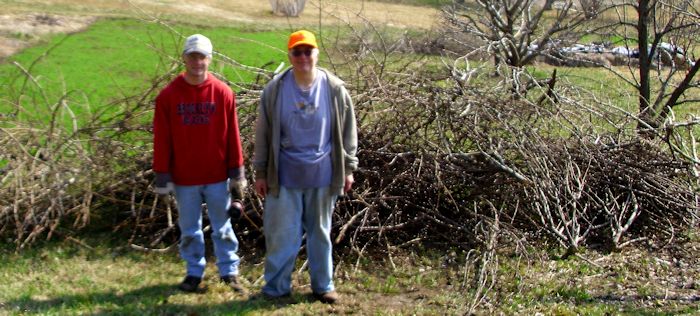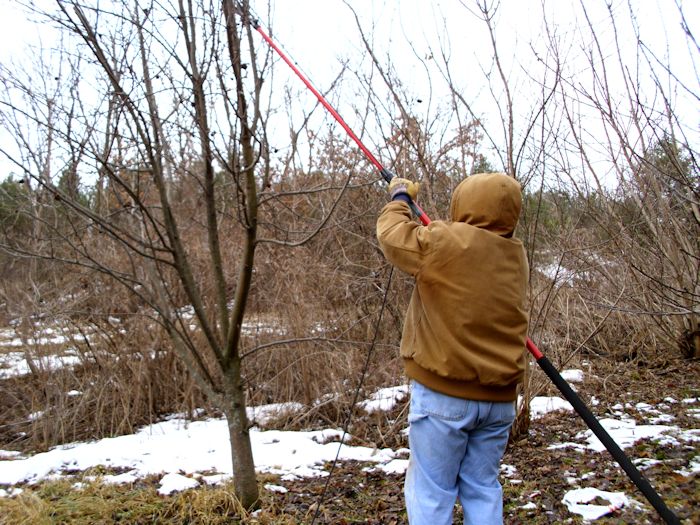It’s wood cutting season and I’ve already been in the woods a couple of times. Nothing is quite as nice as a fresh breeze, wonderful scenes, the feel of nature, and the smell of freshly cut wood. I choose the wood carefully, as described in Choosing Wood Carefully. However, no matter how carefully you choose the tree, the task is only as easy as the condition of the tools you use. The tools must be the right size, fully maintained, and inspected carefully. Of the tools I use, the one I worry about most is my chainsaw. A failure of my chainsaw at the wrong time could mean death. This means that as well as thorough inspections, your chainsaw must be of good quality, like these top rated cordless chainsaws.
I know a lot of people maintain their saws personally. However, given that my small engine experience is limited, I normally take my saw to a professional for its annual maintenance. This includes everything from cleaning the air filter and changing the fuel filter, to making sure the saw is clean and has a sharp chain on it. This annual workup is enough for my needs because I’m not using the saw professionally. I cut just enough wood to meet my heating needs each year, plus stock up a bit of emergency wood.
However, I do perform certain types of maintenance every time I go out to cut wood, the kind that may need some stuff from safety equipment suppliers to perform safely. This frequent maintenance may seem like overkill, but I really don’t want to end up dead due to an equipment failure, so I perform these checks absolutely every time I use my chainsaw:
- Clean the exterior of the saw.
- Inspect the saw for damage.
- Check the sharpness of the chain and replace it if necessary.
- Clean the area that houses the chain when I have the chain off.
- Verify the chain is at the proper tension.
- Grease the bar sprocket.
- Fill the chain lubricant reservoir.
- Fill the gas reservoir.
- Check my safety equipment, which includes safety glasses, hearing protectors, and heavy gloves.
Even performing all of these checks, it’s possible that you’ll have an equipment failure, but it’s a lot less likely. If you’re smart, you’ll continuously check for potential problems while you’re working in the woods. Make sure you check the saw every time you refuel it and always ensure that you add bar chain lubricant when you gas up. It also doesn’t pay to be cheap in this case-use high quality lubricant and make sure your gas is fresh and has the proper two-cycle engine oil in it.
It often amazes me that people don’t take more care when they prepare to go into the woods. Even though I feel that the woods are one of the most beautiful places on earth, I also give them the respect their due and you should too. Let me know your thoughts on chainsaw maintenance at [email protected].



